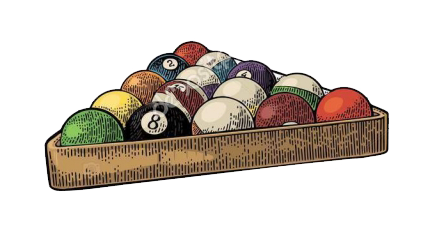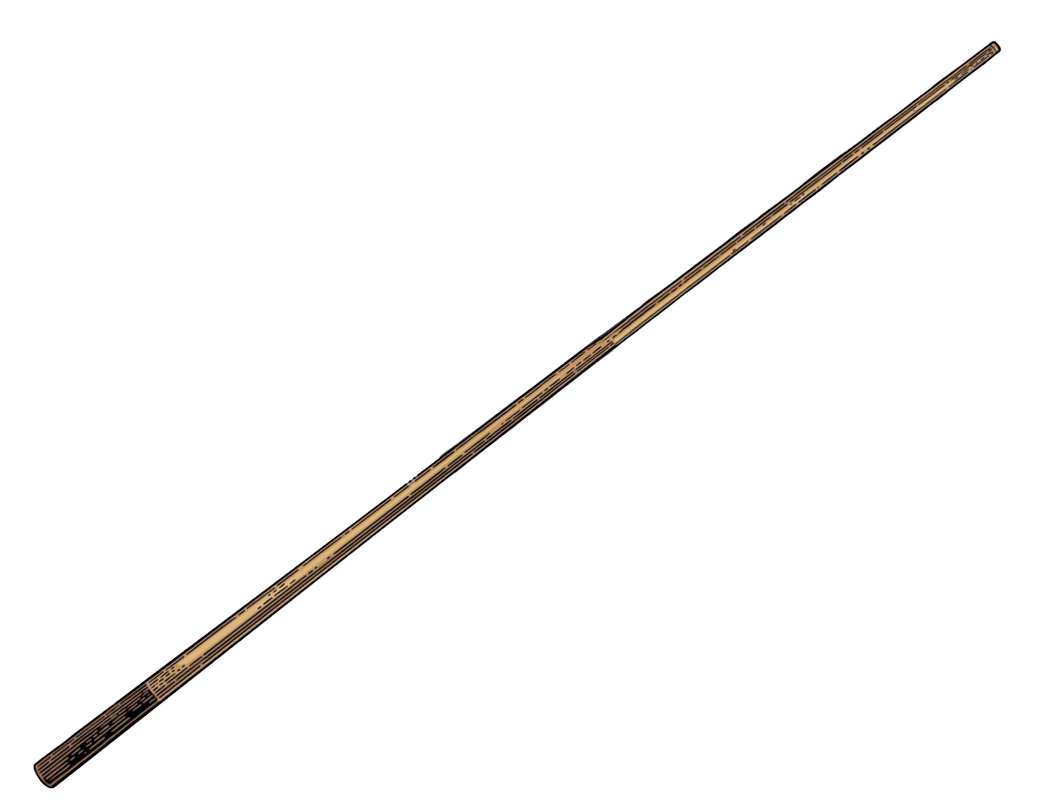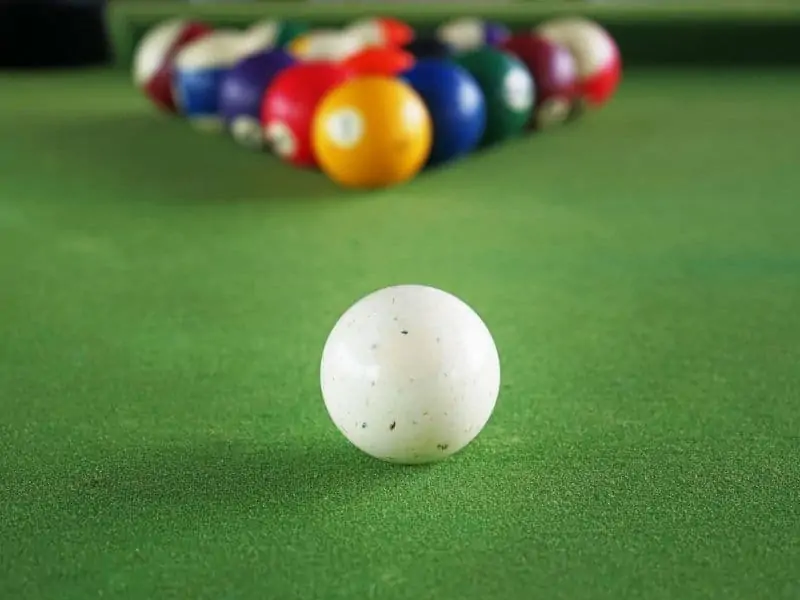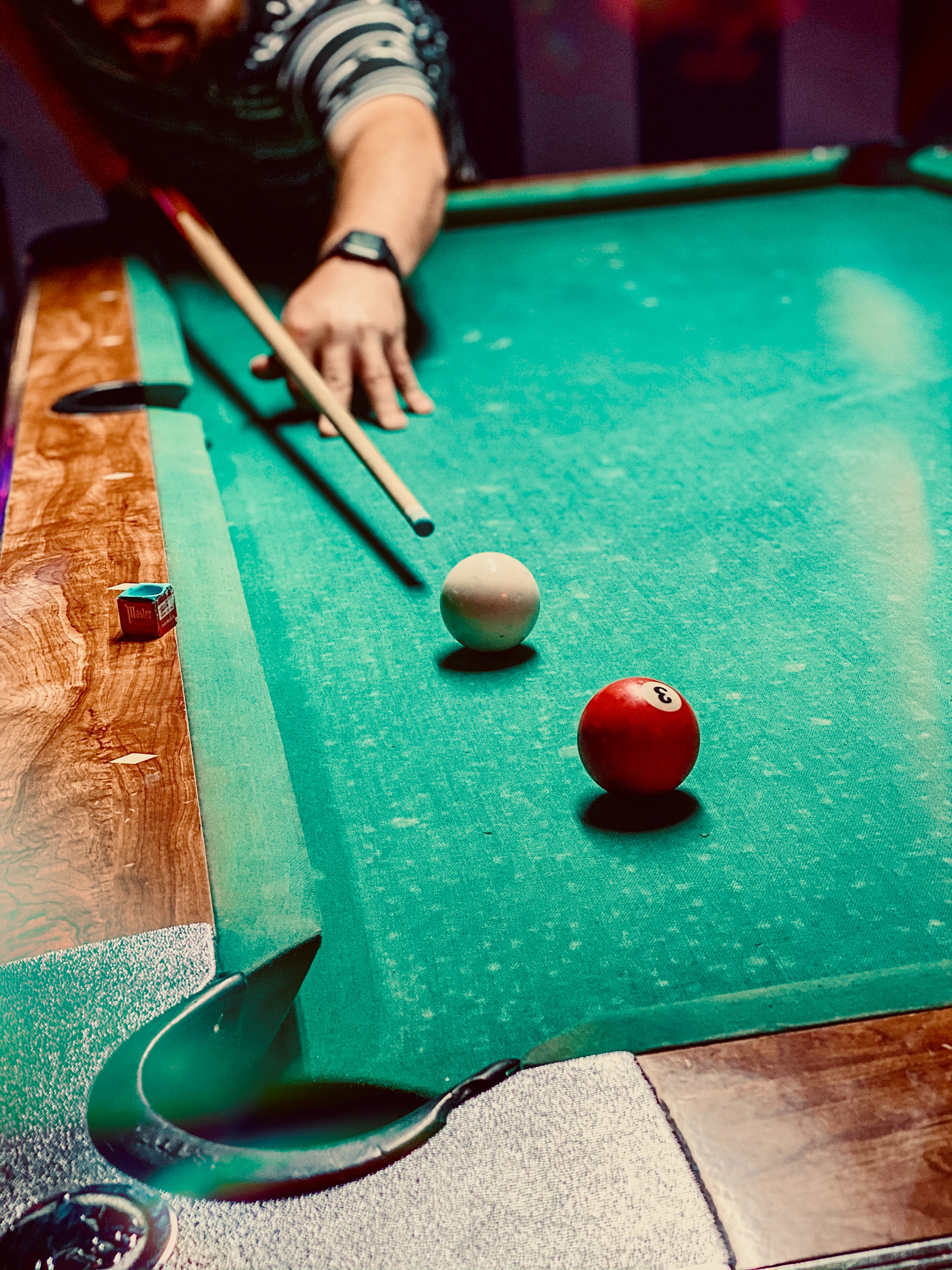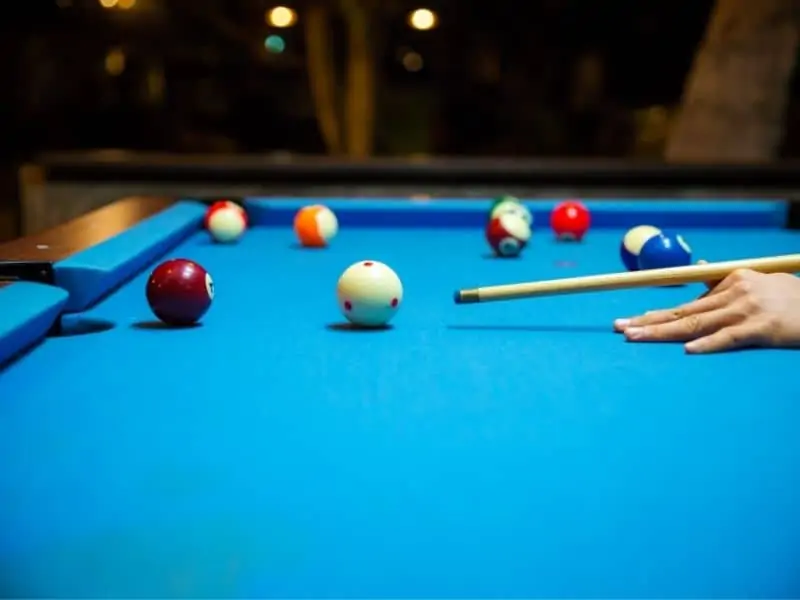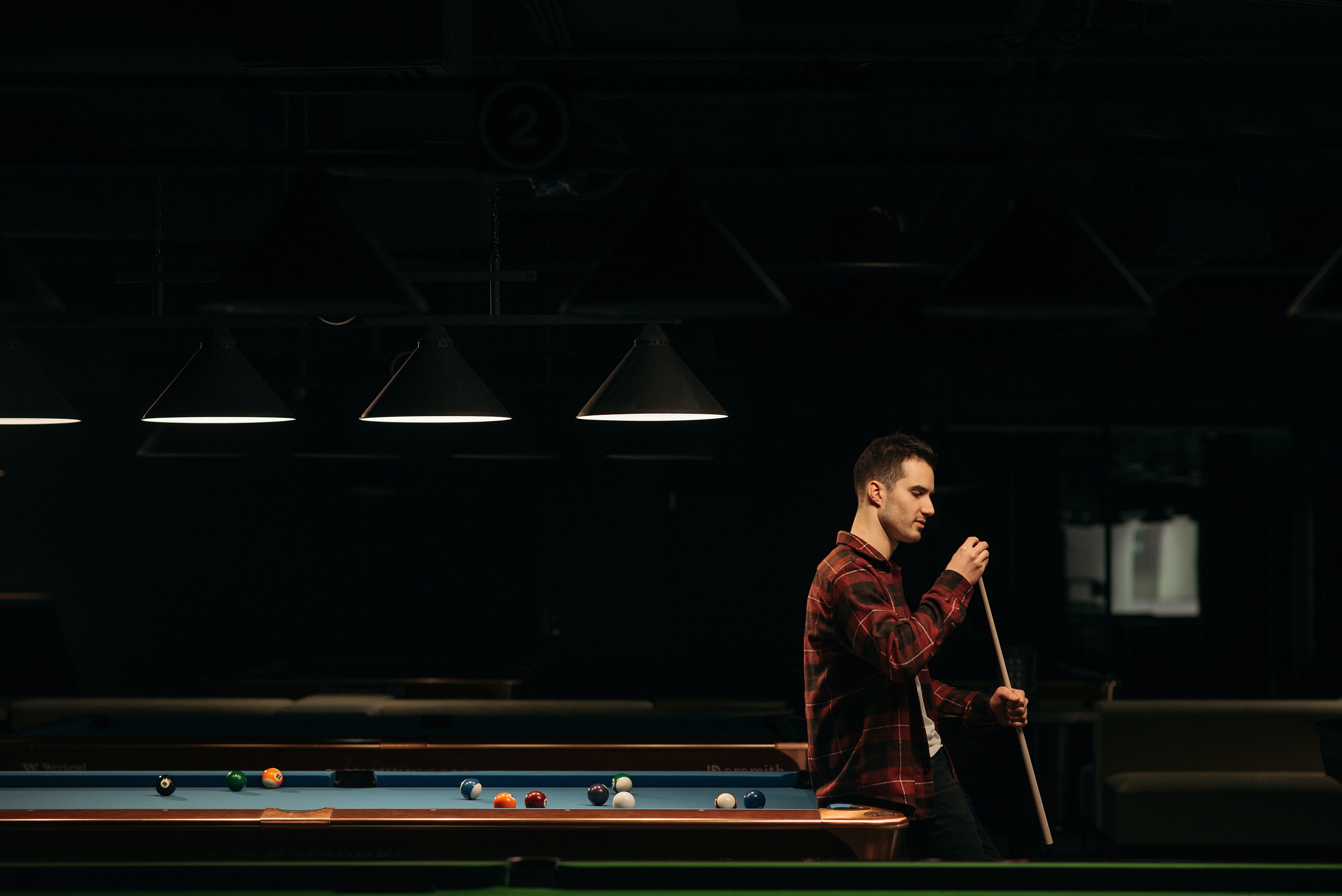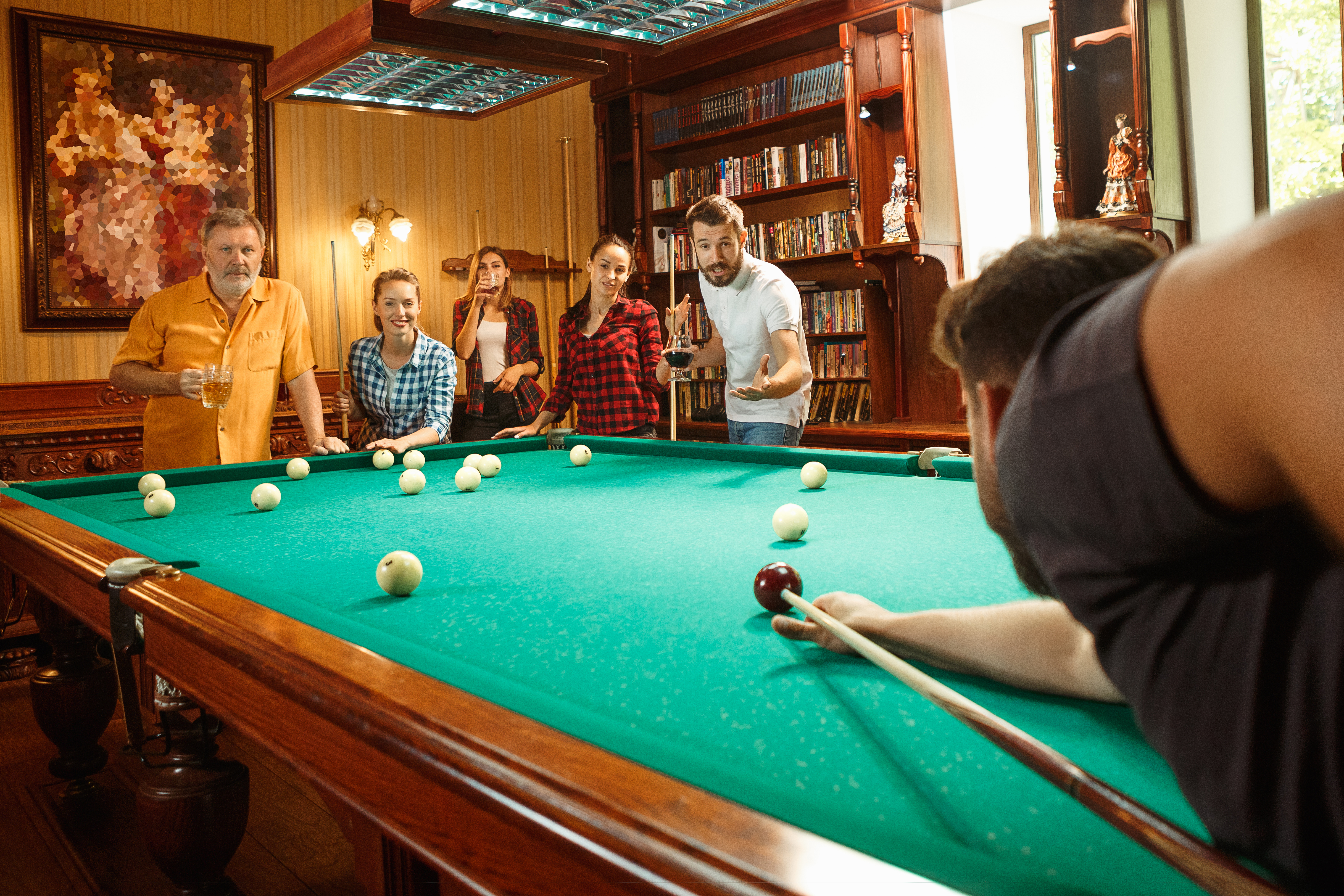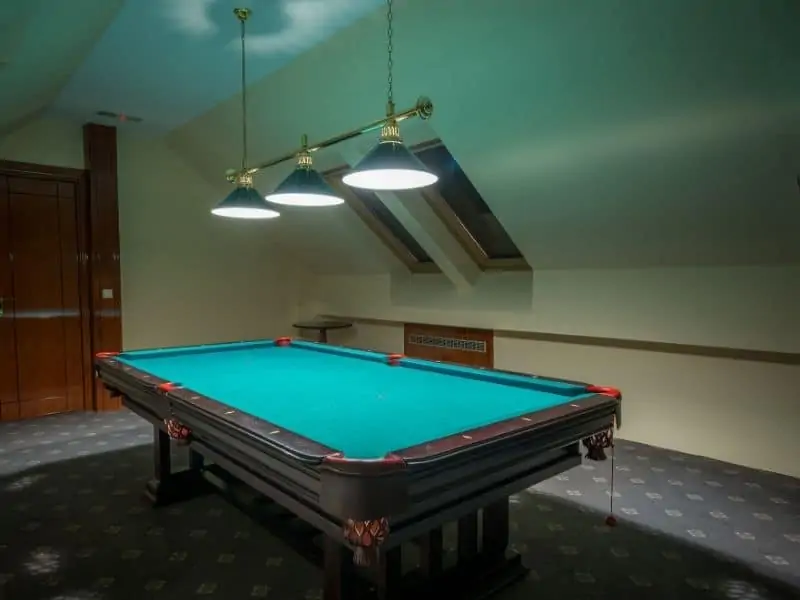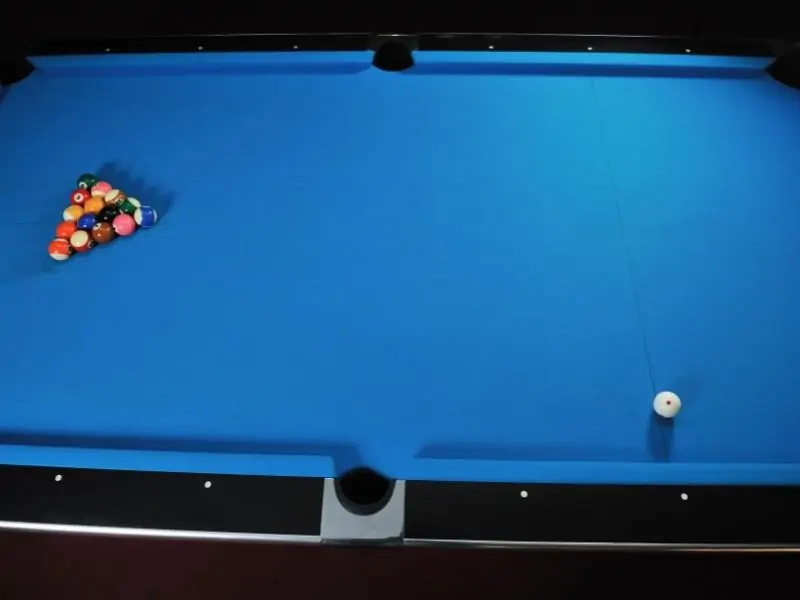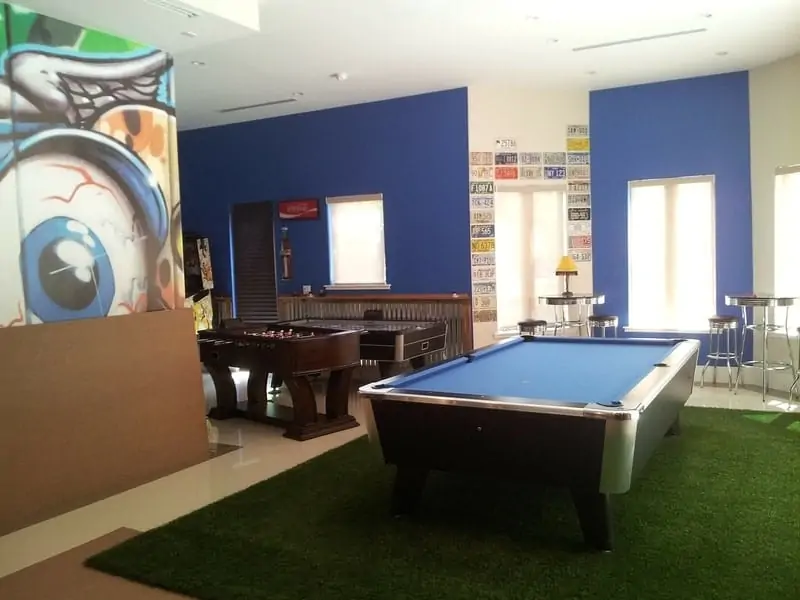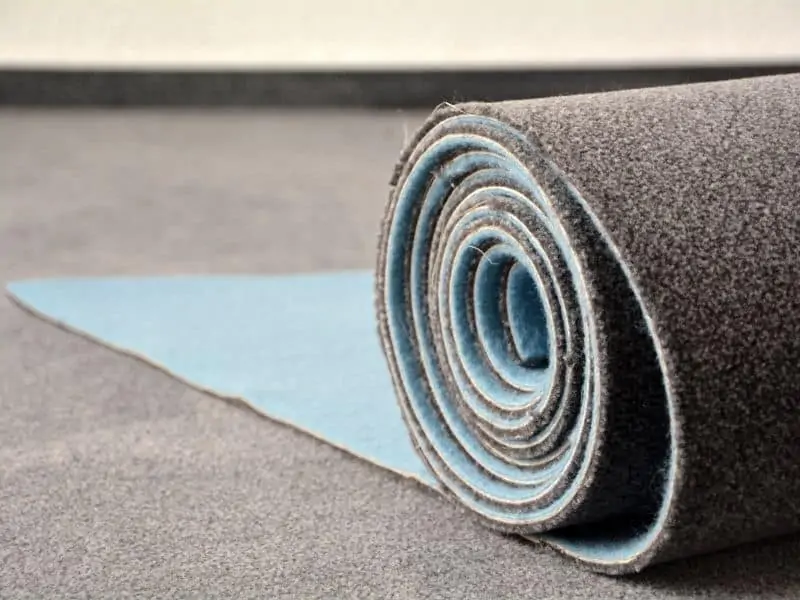Most of us have played at least one game of pool on a big, boxy, coin-operated pool table in an arcade, restaurant, bowling alley, or bar. They seem simple enough – you feed in your quarters or tokens to release the balls, and as you pocket each one, it returns to its windowed enclosure to await the next round.
But have you ever wondered why, whenever you scratch, the cue ball always goes straight to the head of the table instead of winding up trapped with the object balls? We certainly have, and that’s why we’ve found the answer to the question, “How does a pool table recognize the cue ball?”
Coin-operated pool tables recognize and separate the cue ball from the object balls using either magnets, optical sensors, or an oversized, undersized, or weighted cue ball. The method used in a given table depends on the manufacturer and when it was made. Some methods are considered less than ideal because they can change the dynamic and physics of the game.
Design Basics of Coin-Operated Ball Return System
The first recorded patent for a coin-operated billiard table was issued in 1903, with a price per game of one penny. Unfortunately, it’s difficult to find much information about the early design evolution of coin-operated tables. But it’s safe to assume – for our purposes, anyway – that the basic ball return design hasn’t changed too much since the early days. Here’s the general idea:
Under the table’s playing surface is a maze of ball tracks. This consists of 6 sloped trenches connecting each of the six pockets to one central trench. At the lowest end of the central trench is the ball separator, which sends the object balls down a track leading to the ball trap and diverts the cue ball down a different track toward a cubby at the head of the table.
The design of the ball separator is a little different depending on what kind of cue ball recognition method the table uses. So let’s take a look at each method in turn.
Oversized Cue Ball
One early method for cue ball recognition was to simply use a slightly bigger cue ball that couldn’t pass a certain threshold. These oversized cue balls typically have a diameter of 2 ⅜ inches, a slight step up from the standard 2 ¼-inch object balls.
A strip of metal called a ball shunt is installed at the ball separator interchange, just high enough to let the object balls pass underneath it. The cue ball hits the shunt and rolls off down its own track.
This type of table is no longer made because the added size and weight of the cue ball can affect game dynamics, particularly on shots straight along the rail (since the skewed contact point will exert a slight lateral force), and on shots involving any form of English. However, these tables are still used in many settings, particularly bars and recreation centers.
Undersized Cue Ball
Using a slightly smaller cue ball was the preferred method for decades in British-style pool or “Blackball” as it’s often called. This is primarily played in England and Australia, typically on 6’ or 7’ tables, with slightly smaller balls to begin with – typically 2 inches in diameter.
On these British coin-op tables, the smaller cue ball (usually 1 ⅞-inch) simply falls through a sort of trap door and rolls to the head of the table while the object balls roll right over the opening and on into the ball trap.
These tables are rarely found in the U.S. and aren’t typically manufactured anymore – again, because the smaller, lighter ball will change the game dynamics as mentioned above (only inverted). However, since these tables were so commonly used, smaller cue balls became the norm, and many players still prefer to use them today.
Weighted Cue Ball
Some coin-op tables use a cue ball with the same diameter, but with a small weight inside that brings the ball’s weight up to about 6.7 ounces. The object balls remain at the standard 6 ounces. As the balls approach the separator interchange, the heavier cue ball activates a mechanical rocker or lever that blocks and diverts it to a separate track.
Weighted cue ballswon’t have as profound of an impact on game dynamics, being the same size as the object balls, but the extra mass will still affect the ball physics significantly, particularly on shots with any sort of spin.
Magnetic Ball Return
The most common method of cue ball separation used today involves the use of magnets. This design was first patented in 1966 by the prominent pool table manufacturer Valley (now known as Valley-Dynamo). These tables require the use of a specially-made cue ball with metal inside.
In most magnetic coin-op tables, the ball separator is a slightly sloped trench with two ball tracks side-by-side. As the balls enter the separator, a magnet on one side of the trench pulls the cue ball over to one track while the object balls continue down the other track. Other designs feature a magnetic sensor that triggers a deflection device when it detects the cue ball.
There are three main types of cue balls for magnetic ball returns:
Mudball
These cue balls are made by blending particles of steel with the ball material itself, before molding it. This can give it a grey-ish look. They got the nickname “mudballs” because they tend to be a little heavier and have less elasticity than a normal ball.
Cat’s Eye Cue Ball
Most magnetic cue balls are built with a core of metal inside them. These are often referred to as cat’s eye cue balls because early versions had a visible circle where the hole was drilled to insert the metal plug or bearing and re-sealed. Since they’re notone solid piece, these can also behave a little differently and are more susceptible to cracking or chipping if subjected to a lot of abuse.
Metal Shell Cue Ball
Some magnetic cue balls are made with a metal shell rather than a metal core. Many players prefer these kinds of balls because they tend to behave more likeregular ballsthan any other magnetic cue balls. ThisAramith Magnetic Cue Balluses this design.
Optical Sensor Ball Return
In 1999, pool table manufacturer Diamond Billiards patented a ball separator mechanism that uses an optical sensor to recognize and separate the cue ball from the object balls. This method is really only found on their “Smart Table” models. Without getting too technical, here’s how it works:
As the balls travel through the ball separator, the optical sensor measures the “optical density” of each ball’s surface. The white cue ball has less optical density than the colored and numbered object balls, so it triggers the sensor, which in turn activates a mechanical ball shunt, diverting the cue ball to a separate track.
This is the only type of ball separator method that doesn’t require modifying the cue ball in some way. But since it is also the newest method – and since Valley-Dynamo is by far the dominant maker of coin-operated tables – it hasn’t yet become as widespread as magnetic ball return systems.
The Impact of Cue Ball Recognition Systems on Player Strategy and Skill Development
While most casual players might not give much thought to the cue ball recognition systems in place, these systems can have significant implications for serious players and competitors. Here’s an in-depth look at how different cue ball recognition methods can affect both player strategy and skill development:
Consistency in Shot Making
For a player practicing to compete at a higher level, consistent conditions are paramount. Variations in cue ball size, weight, or material can introduce inconsistencies that affect a player’s ability to develop precise and repeatable strokes. For instance, the player might need to adjust the strength of their shots depending on the weight of the cue ball, which could lead to developing habits that are not easily transferable to tables with standard cue balls.
Sensitivity to Spin and English
Experienced players often use spin (also known as “English”) to control the cue ball’s path after it strikes an object ball. This skill becomes critical in higher levels of play where precise cue ball control is necessary for optimal positioning for the next shot. Different cue ball types respond differently to spin, with some (like the weighted or mudballs) potentially absorbing more spin than others. This means that a player accustomed to one type of cue ball may struggle to adapt when faced with a different type.
Psychological Factors
For competitive players, the cue ball is more than just a tool—it’s an extension of themselves. They know its behavior intimately and rely on it to execute their strategies. Being forced to play with an unfamiliar cue ball can be unnerving and might impact a player’s confidence and mental game. This is especially the case in tournaments where a sudden change in cue ball type can throw off a player’s game.
Adapting to Various Systems
A hidden skill among seasoned players is the ability to quickly adapt to different tables and cue ball recognition systems. For those who regularly compete in different venues—some of which might use coin-operated tables with non-standard cue balls—being able to swiftly adjust to the quirks of a particular table is an invaluable skill. Learning how different cue balls react to certain shots and how to adjust one’s strategy accordingly is a key aspect of a player’s development.
The Future of Cue Ball Recognition
As technology continues to advance, we may see new systems emerge that further reduce the impact of cue ball recognition on game play. For example, more precise optical sensors could be developed that allow for the use of entirely standard cue balls without any need for special materials or weights. Such advancements would likely be welcomed by serious players and could help to standardize conditions across both casual and competitive play, making the game more fair and accessible to everyone.
Other Articles You May Be Interested In:
- Best Pool Cues for the Money: Discover the top pool cues that offer great value without breaking the bank.
- Pool Table in the Garage? Here’s What You Need to Know: Understand the essential considerations for setting up a pool table in your garage.
- Break Cue vs Playing Cue: What’s the Difference?: Learn the key differences between break cues and playing cues to enhance your game.
- How Much Does a Good Pool Cue Cost?: Explore the factors that determine the cost of a high-quality pool cue.
- Are Mini Pool Tables Worth It? A Complete Guide: Read our comprehensive guide on mini pool tables and decide if they’re the right fit for you.
